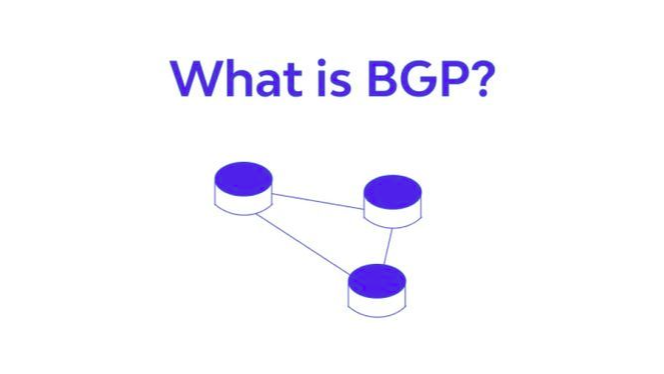
Introduction to Border Gateway Protocol (BGP): Understanding the Basics
Rahim Khoja
Systems Engineer & Python Developer | Specializing in Linux, Hypervisors, and High-Performance Computing
Category: Networking, Computer Science
Border Gateway Protocol (BGP) is an inter-domain routing protocol used extensively by service providers and large enterprises to manage their networks. It's designed to handle massive amounts of routes, making it highly scalable. In this article, we'll delve into the attributes of BGP, its strengths, and limitations, to help you understand its role in modern network architecture.
BGP is primarily used between different Autonomous Systems (AS), which are independent networks under different administrative controls. This protocol excels at managing routes between various domains, making it an essential tool for service providers and multi-homed customers. The sheer scalability of BGP enables it to handle hundreds of thousands of routes in an MPLS (Multiprotocol Label Switching) core, making it a top choice for large networks.
One of the most significant advantages of BGP is its ability to scale to meet growing network demands. This scalability, however, comes at a cost. BGP's performance is not its strongest suit, and optimizing it can be a complex process. While performance can be fine-tuned, it's essential to remember that scalability was the primary design goal of BGP.
Another crucial aspect of BGP is its emphasis on policy-based routing. This means that BGP doesn't necessarily follow the best path based on bandwidth, delay, or hop count, like traditional Interior Gateway Protocols (IGPs). Instead, BGP uses policies implemented by network administrators to direct traffic.
BGP supports multiple protocols, including IPv4, IPv6, VPNv4, and VPNv6 for MPLS deployments, as well as VXLAN (Virtual Extensible LAN) information. This protocol's extensibility is also worth noting, as it's designed to be easy to modify and add to, making it highly adaptable to changing network needs.
BGP is classified as a path vector routing protocol, using reliable updates triggered by changes in the network. Unlike distance vector protocols like RIP (Routing Information Protocol), which periodically send updates every 30 seconds, BGP only sends updates when necessary. This approach is crucial for maintaining scalability and performance.
In terms of metrics, BGP uses attributes instead of bandwidth or delay metrics. These attributes provide administrators with fine-grained control over how BGP behaves. Autonomous System numbers (AS) are also an essential part of BGP, identifying unique networks. There are two types of AS numbers: 16-bit and 32-bit, with public and private AS numbers available.
BGP uses two primary neighbor types: iBGP (Interior BGP) and eBGP (Exterior BGP). iBGP is used within the same AS, while eBGP is used between different AS. Understanding the differences between these neighbor types is crucial for proper BGP configuration and management.
In conclusion, BGP is a critical component of modern network architecture, providing scalability and flexibility for large networks. While it has its limitations, its strengths make it an essential tool for service providers and enterprises alike. By understanding the basics of BGP, network administrators can better manage their networks and ensure efficient communication between different domains.
Additional Resources: